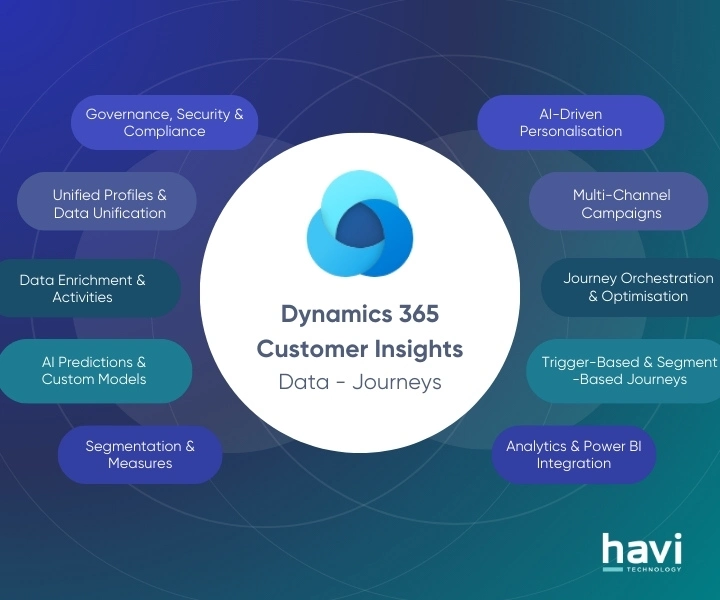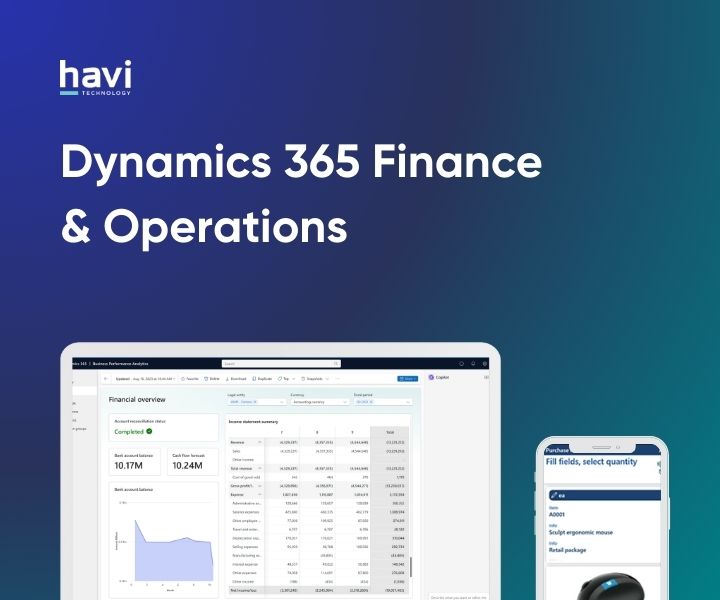TABLE OF CONTENTS
- 1. Website and Customer Experience
- 1.1. Website & eCommerce: Guided Onboarding, New Templates, Google Merchant Sync
- 1.2 Live Chat and Discuss: Expertise Routing, Chat Insights, Status Controls
- 2. Sales, CRM and Subscriptions
- 2.1 Sales: Editable Optional Products, Catalogue Sections, Portal Top-Up
- 2.2. CRM and Marketing: AI Probability, Lead Sources, Kanban Linking
- 2.3. Subscriptions: Prorated Billing, One-Time Sales, Portal Edits
- 3. Inventory, Purchase and Barcode
- 3.1. Inventory and Purchase: Packages within Packages, Forecasted Reports, Suggested Quantity to Replenish
- 3.2. Barcode: Operation Descriptions, Product Source Location, Lot and Serial Number Properties
- 4. Manufacturing, Shop Floor & Planning
- 4.1. MRP: Gantt View, Editable Deadlines, Labour-Based Valuation
- 4.2. Shop Floor & Planning: Barcode Workflows, Shift Scheduling, Routing Edits
- 5. Project, Timesheets and Services
- 5.1. Project and Timesheet: Smart Assign, Mobile Grid View, Priority Alerts
- 5.2. Field Service and Appointments: Calendar View, Technician Tracking, Mass Planning
- 6. HR, Payroll and Expenses
- 6.1. Payroll: Redesigned Engine, Payslip Correction, Unified Master Report
- 6.2. Time Off and Expenses: Odoo Master Cards, Multi-Expense Submission, Complex Duration
- 7. Accounting, Compliance and ESG
- 7.1. Accounting: Peppol Invoicing, Bank Sync, BAS Reports
- 7.2. ESG App: Scope 1–3 Emissions, CSRD Reporting, Auto Category Mapping
- 8. AI, Documents and Sign
- 8.1. AI App: Prompt Commands, Auto Field Completion, Voice and Web Search
- 8.2. Sign and Documents: Bulk Signing, Chatter Integration, Access Controls
- Odoo 19: What’s Coming For Australia?
- 1. Fully compliant Payroll AU with STP Phase 2 and SuperStream
- 2. ABA file payments, Direct Debit for wages/super
- 3. Multi-stream YTD import, backpay, and validations
- 4. 2025–26 tax rules, STSL changes, ATO security
- 5. Peppol invoicing, GST toggle, fringe benefits, BAS automation
- 6. Tyro integration
- 7. Roadmap: SBR BAS lodging, Open Banking, PEL Access, Fiduciary Program
- Odoo 19’s FAQs For Australian Teams
- 1. How should Australian businesses prepare?
- 2. How is Odoo 19 different from Odoo 18 in Australia?
- 3. How can AI in Odoo 19 be tailored for real business outcomes?
- 4. How can I try Odoo 19 or upgrade from my current version?





Dynamics 365 Supply Chain Management (SCM) is Microsoft’s enterprise application for managing forecasting, planning, procurement, manufacturing, warehousing, logistics, and costing within a unified system. It connects operational data with financial and planning insights to improve agility across complex supply networks.
In Australia, these capabilities are tested in one of the world’s most demanding logistics environments. The national freight task exceeds 1.5 billion tonnes annually, with many commodities travelling over 1,000 kilometres between producer and consumer (CSIRO, 2023). Businesses also face growing compliance pressures, from GST and BAS to new sustainability reporting standards.
This article explores seven Dynamics 365 SCM capabilities that address Australia’s real supply chain challenges, from freight growth and import dependencies to weather disruption and cost control.
1. Forecasting & Planning: Tackling Australia’s Freight Growth
Forecasting and planning in Dynamics 365 Supply Chain Management provide precise, data-driven control over demand and production alignment. Key capabilities include:
Freight activity is projected to increase by 26 per cent between 2020 and 2050 (Infrastructure & Transport Ministers, 2025), placing further strain on already stretched transport and warehousing networks. Longer transport distances, combined with seasonal demand spikes in sectors such as retail and agriculture, highlight the need for predictive forecasting and robust planning.
By combining demand forecasting with finite capacity planning, safety stock management, and replenishment strategies, Dynamics 365 SCM allows Australian businesses to anticipate supply fluctuations before they escalate. Predictive visibility not only improves agility during seasonal peaks but also reduces carrying costs and optimises transport utilisation across long-distance routes.
As freight volumes rise, the challenge extends beyond forecasting to managing inventory accuracy and warehouse efficiency across Australia’s vast transport distances.
2. Inventory & Warehousing: Managing Long-Distance Supply Chains
Dynamics 365 Supply Chain Management optimises inventory and warehouse management with real-time visibility and automation, helping organisations strengthen sourcing and supplier visibility. The system delivers end-to-end control of stock and logistics through:
Australia moves over 1.5 billion tonnes of freight annually, with many commodities travelling more than 1,000 kilometres between producer and consumer (CSIRO, 2023). These long distances amplify risks of stockouts, overstocking, and higher handling costs, especially for industries dependent on time-critical deliveries.
By combining visibility, automation, and integration, Dynamics 365 SCM enables Australian businesses to maintain efficiency across long distances, ensuring stock accuracy and cost control in geographically complex supply chains. Beyond warehousing efficiency, Australian businesses must also secure reliable sourcing and supplier visibility, a challenge addressed through advanced procurement capabilities.
3. Procurement & Product Information Management: Reducing Import Vulnerabilities
Procurement and product information management in Dynamics 365 SCM give organisations greater control over sourcing, vendor compliance, and import valuation through integrated visibility and supplier collaboration tools. The system provides:
In Australia, these capabilities are critical to managing global dependency risks. The Vulnerable Supply Chains Report found that one in twenty imports is vulnerable, particularly essential inputs such as chemicals and personal protective equipment (PPE) (Productivity Commission, 2021). This concentration of supply risk means disruption in one region can quickly cascade into shortages across multiple industries.
Businesses must also navigate complex GST treatment, landed cost calculation, and compliance requirements, where inaccuracies create direct financial and reporting risks.
By combining landed cost visibility, supplier management, and centralised product data, Dynamics 365 SCM enables Australian businesses to reduce exposure to vulnerable imports. The result is greater transparency, cost control, and operational stability, aligned with national priorities for supply chain resilience and diversification.
Building on supplier resilience, the next focus is on maintaining production continuity, ensuring assets and manufacturing operations stay reliable during disruption.
4. Manufacturing & Asset Maintenance: Building Resilience in Shocks
In Dynamics 365 Supply Chain Management, manufacturing and asset maintenance strengthen operational resilience by optimising production schedules, equipment reliability, and workforce efficiency. It ensures stability during unexpected supply disruptions. Key features include:
In Australia, these capabilities directly support national resilience priorities. The National Freight and Supply Chain Strategy identifies resilience as a key focus area, noting that extreme weather events and global supply disruptions continue to threaten production continuity and essential supply flows (Infrastructure & Transport Ministers, 2025).
For manufacturers in sectors such as food processing and building materials, disruptions can quickly affect national availability and downstream industries.
By combining predictive maintenance, capacity planning, and real-time production control, Dynamics 365 SCM enables Australian manufacturers to sustain output when shocks occur. The result is improved uptime, safer operations, and stronger resilience across critical supply networks, supporting the country’s broader goal of secure, self-sustaining manufacturing capability.
While maintaining production continuity is vital, resilience also depends on logistics adaptability, the ability to reroute and deliver during weather disruptions.
5. Transportation Management: Adapting to Weather Disruptions
Transportation management in Dynamics 365 Supply Chain Management maintains freight flow efficiency through intelligent routing, multimodal planning, and real-time carrier coordination across Australia’s vast transport network. The system supports:
In Australia, such flexibility is crucial. The same national strategy further notes that Australia’s freight networks are highly exposed to weather disruptions, including floods that close key corridors and isolate regional areas (Infrastructure & Transport Ministers, 2025). These events delay essential goods and increase delivery costs across entire regions.
By combining adaptive routing, carrier management, and real-time planning, Dynamics 365 SCM enables Australian businesses to maintain supply continuity under adverse conditions, supporting both operational resilience and customer reliability. Beyond physical logistics, business resilience also relies on financial control, ensuring sales, pricing, and costing remain stable amid market volatility.
6. Sales & Costing: Responding to Market Shifts
Sales and costing in Dynamics 365 SCM provide unified visibility across pricing, margins, and revenue, enabling businesses to adapt swiftly to fluctuating market and export conditions. The system helps with:
For Australian exporters, this transparency is critical. The Vulnerable Supply Chains Report found that exporters remain exposed to sudden market demand volatility and pricing pressures (Productivity Commission, 2021), particularly when global disruptions or concentrated trade relationships shift unexpectedly. Such fluctuations can quickly erode margins, especially in sectors with long production lead times.
By unifying sales and costing processes, Dynamics 365 SCM enables Australian businesses to protect profitability and maintain financial control in volatile export markets, turning data transparency into a strategic advantage. To achieve this agility at scale, supply chain data must connect seamlessly across systems, a capability strengthened through Microsoft ecosystem integration.
7. Integration with Microsoft Ecosystem: Unlocking Data & Collaboration
Integration with the Microsoft ecosystem extends Dynamics 365 Supply Chain Management beyond logistics, enabling real-time analytics, automated workflows, and connected teamwork that transform data into intelligent, actionable insights. Key integrations and their business benefits:
Note: Power BI and Teams integrations are included within Dynamics 365 SCM; Power Automate features are available via Microsoft Dataverse and may require additional licensing for advanced process automation. Depending on the level of integration required, businesses should consult a certified Microsoft Partner for proper configuration and deployment.
For Australian businesses, this capability directly addresses the persistent reliance on spreadsheets and siloed systems across procurement, logistics, and finance. Disconnected data flows heighten risks of inefficiency, reporting delays, and compliance errors, issues that become costly when freight networks are already stretched by demand volatility.
By integrating analytics, automation, and communication tools, Dynamics 365 SCM empowers Australian organisations to eliminate silos, enhance collaboration, and turn operational data into strategic intelligence.
How much does implementing these capabilities cost in practice, and what should Australian businesses expect from Microsoft’s licensing model? The next section explains Dynamics 365 Supply Chain Management pricing, licensing tiers, and local implementation considerations.
Dynamics 365 Supply Chain Management: Pricing & Licensing in Australia
Pricing and licensing for Dynamics 365 Supply Chain Management (SCM) in Australia follow a user-based subscription model, with Microsoft setting rates in Australian dollars and billing annually. Currently, Microsoft lists the following prices for Australia (excluding GST, billed annually):
Beyond base licences, businesses can also license additional users with:
For Australian businesses, the true cost of adoption extends beyond subscriptions. Integration with local systems, compliance add-ons such as GST/BAS reporting, and user training all contribute to the total cost of ownership. A Sydney-based distribution firm, for example, may require a mix of Premium licences for planners, Activity licences for warehouse operators, and Team Member licences for support staff. This layered model helps balance advanced capability needs with budget control.
Dynamics 365 SCM vs Alternatives: FAQs
1. Does Dynamics 365 SCM require working with a certified Microsoft partner for deployment?
Working with a certified Microsoft Partner is not mandatory, but strongly advised for achieving full value from Dynamics 365 SCM. While self-deployment is possible, certified partners ensure localisation, compliance, and integration best practices, reducing risk and optimising total cost of ownership for Australian supply chain operations.
2. What is the difference between Dynamics 365 Supply Chain Management and Business Central?
Dynamics 365 SCM and Business Central differ primarily in operational scale and depth. Business Central is an all-in-one system for SMEs covering finance, supply chain, and service. SCM extends further, adding advanced manufacturing, asset management, predictive planning, and compliance capabilities for complex, global operations.
3. How does Dynamics 365 SCM compare with Business Central and Odoo?
Each platform fits a different business scale and need.
For Australian organisations, the best-fit solution depends on scale, growth plans, and integration priorities: SCM for enterprise, Business Central for mid-market, and Odoo for flexibility and affordability.
In conclusion, from forecasting and manufacturing to logistics and costing, Dynamics 365 Supply Chain Management delivers seven integrated solutions tailored to Australia’s unique challenges. Each capability enhances resilience, efficiency, and visibility across complex operations. To explore tailored implementation or compare licensing options, contact Havi Technology, your trusted Microsoft Partner in Australia.
Article Sources
Havi Technology requires writers to use primary sources to support their work. These include white papers, government data, original reporting, and interviews with industry experts. We also reference original research from other reputable publishers where appropriate. You can learn more about the standards we follow in producing accurate, unbiased content in our AI Content Policy: